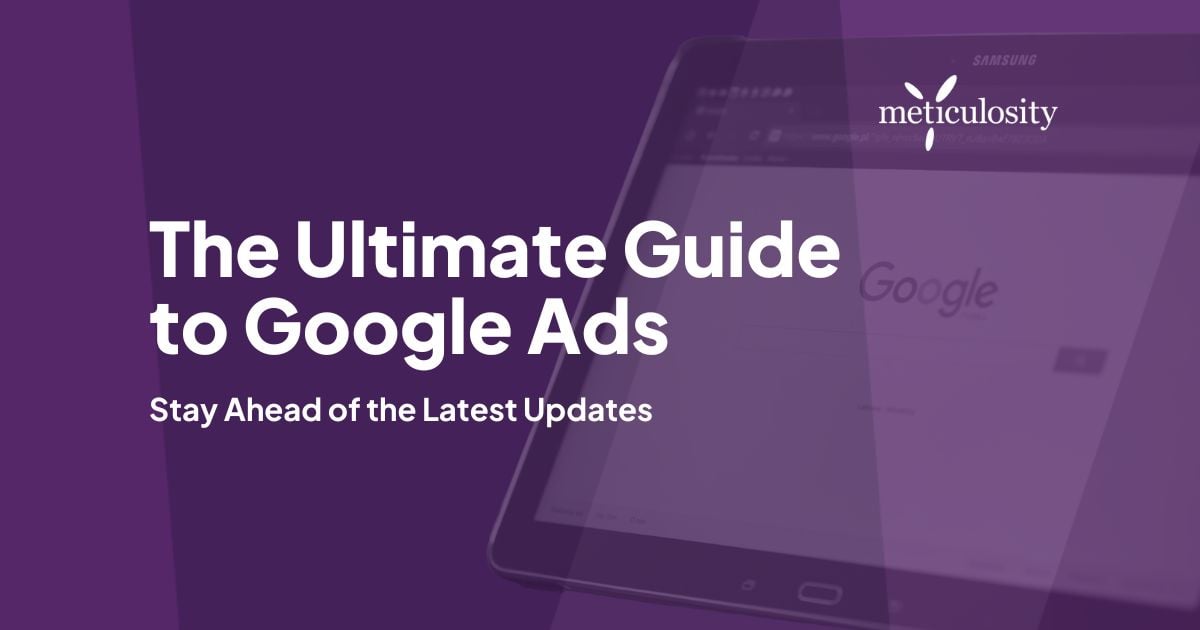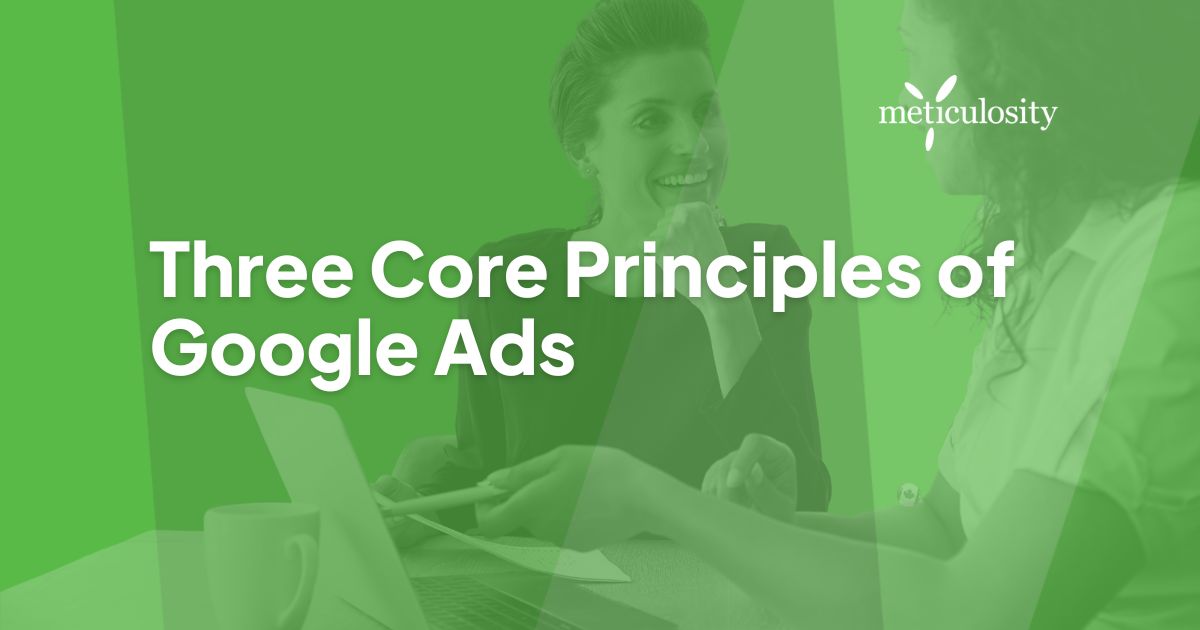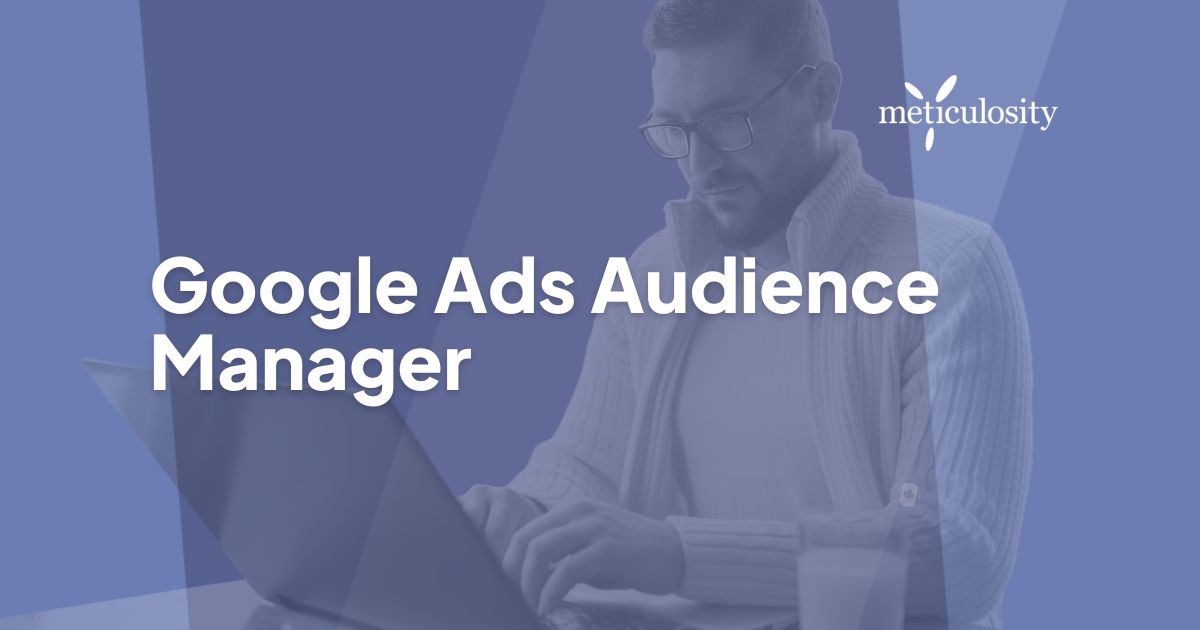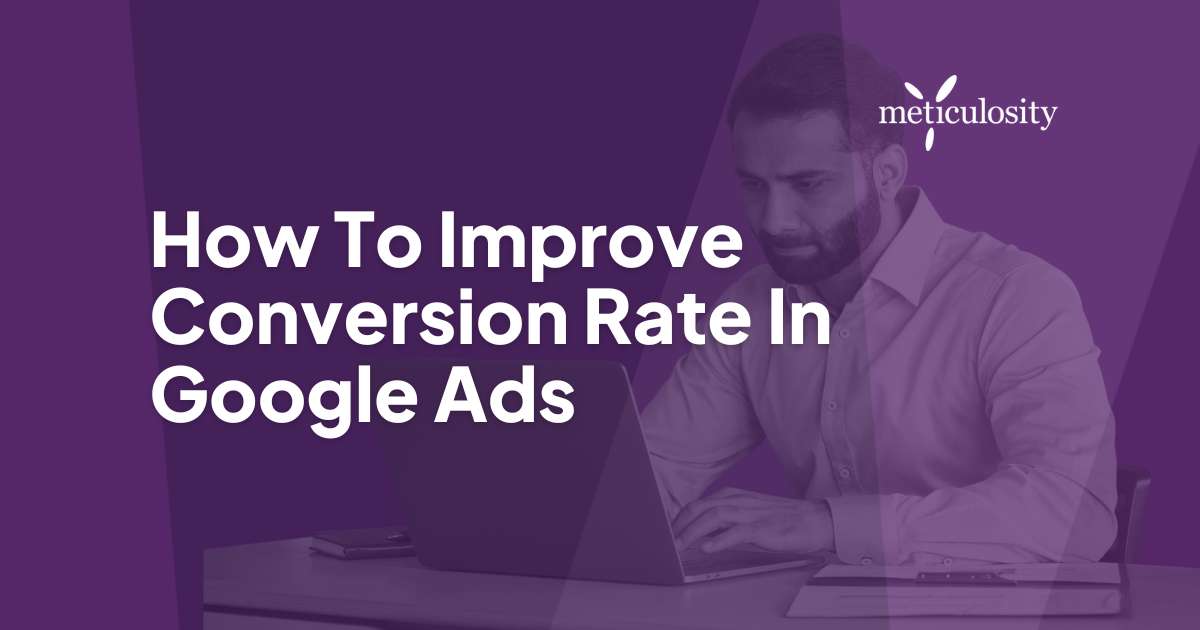Are you tired of investing in traditional advertising methods without getting the desired results? It's time to switch to Google Ads – one of the most effective online advertising platforms available.
In this ultimate guide, we'll cover everything you need to know about Google Ads, from understanding its benefits and getting started with your account to creating compelling ad campaigns that target your audience effectively. We'll also delve into advanced strategies like remarketing and audience targeting, monitor key metrics for campaign success, and provide additional resources to help optimize your Google Ads.
Plus, we'll keep you updated on the latest changes and features so that you can stay ahead of the game. Get ready to take your online advertising game to the next level!
Maintaining a strong online presence is critical for businesses in the digital age, and Google Ads offers an effective solution to reach potential customers. This online advertising platform provides businesses with the ability to create and display ads across various Google-owned platforms, including search results, YouTube, and Gmail. By utilizing a pay-per-click model, advertisers can bid on specific keywords to display their ads to relevant audiences.
With a wide range of ad formats available, including search ads, display ads,
video ads, and shopping ads, businesses of all types can benefit from incorporating Google Ads into their marketing strategy. It's essential to stay up-to-date with the latest updates and trends in Google Ads to optimize ad campaigns and stay ahead of competitors.

Benefits of Google Ads
Introducing Google Ads to your digital marketing strategy has several benefits for businesses.
Firstly, it can help increase traffic to your website and improve conversions by reaching specific audiences based on demographics, interests, and behaviors. Secondly, its flexible budget options allow businesses to control their spending effectively. Furthermore, with detailed performance metrics available to optimize campaigns and measure success, Google Ads provides a comprehensive advertising solution for businesses of all sizes.
Additionally, integration with other Google tools like Analytics and Tag Manager enables businesses to create a robust digital marketing strategy that brings the best results.
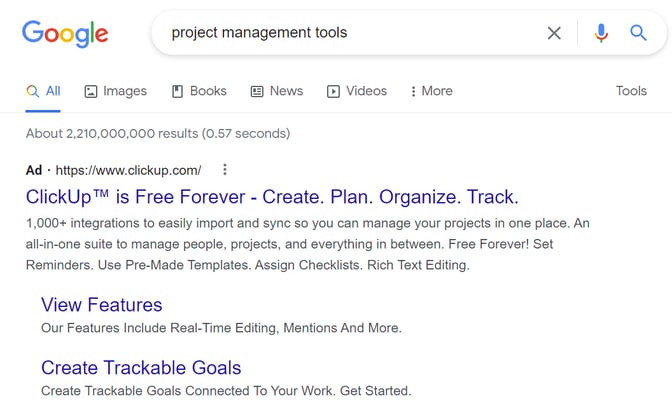
Getting Started with Google Ads
When it comes to getting started with Google Ads, the key is to set clear goals for your campaign. Determine what you want to achieve with your ads, whether it's increased website traffic or higher conversions. Once you have a goal in mind, conduct thorough keyword research to ensure that your ads are being targeted to the right audience.
From there, create compelling ad copy that stands out and encourages clicks, and use ad extensions to provide additional information and increase visibility. Remember to continuously monitor and adjust your ads based on performance data to optimize for success.
Setting up your account
Defining your advertising goals and target audience is crucial before setting up your Google Ads account. Choosing the right campaign type, budget, bidding options, relevant keywords, and ad formats are all important aspects to consider during the setup process. By tracking and analyzing the performance of your campaigns, you can continuously optimize them for better results. Remember, taking the time to properly set up your account will pay off in the long run with successful advertising campaigns.
Understanding your audience
To create successful Google Ads campaigns, it's vital to understand your target audience. By researching and analyzing their demographics, interests, and behaviors, you can create highly relevant and effective ads that resonate with your audience. This data can be gathered through various sources such as Google Analytics and social media insights. Once you have a better understanding of your audience, consider creating different ad groups for different segments. Continuously monitor performance metrics to adjust targeting strategies and improve the relevance of your ads.
Creating Effective Ad Campaigns
To create effective ad campaigns, it's crucial to define your advertising goals and target audience. This will help you tailor your messaging and offers to appeal to the right people. Conduct keyword research to create relevant and targeted ad groups, then write compelling ad copy that includes a clear call to action. Continuously monitor and optimize your ad campaigns based on performance data, staying up-to-date with the latest updates and changes in Google Ads to stay ahead of the competition. By following these best practices, you can create impactful ad campaigns that drive results for your business.
Best practices for ad creation
Creating effective ad campaigns requires following best practices that resonate with your target audience. One of the most critical components of creating effective ads is defining clear goals and understanding your target audience. Multiple ads with different messaging can help determine what resonates best, while relevant keywords in ad copy and attention-grabbing headlines can increase click-through rates. Eye-catching visuals or videos can also draw in potential customers. Monitoring ad performance regularly and making necessary adjustments are key to a successful campaign. Following these best practices ensures that your ads are optimized for maximum impact, leading to a more successful Google Ads campaign.
Creating compelling ad copy
Compelling ad copy is crucial to the success of your Google Ads campaign. It needs to be relevant and engaging for your target audience while highlighting the unique features and benefits of your product or service. Using attention-grabbing headlines, persuasive language, and a clear call-to-action can entice users to click on your ad. Testing different variations of ad copy can help you determine what resonates best with your audience and make adjustments accordingly. By following these best practices, you can create effective ad campaigns that drive conversions and maximize ROI.
Understanding Google Ads Metrics
When it comes to Google Ads, understanding the metrics is crucial for measuring success. Impressions are the number of times your ad was seen by users, while click-through rate (CTR) is the percentage of users who clicked on your ad after seeing it.
Cost-per-click (CPC) is the amount you pay for each click on your ad, and quality score is a rating given to your ads based on relevance, expected click-through rate, and landing page experience. Conversion rate measures the percentage of users who completed a desired action after clicking on your ad, while return on investment (ROI) measures how much profit is generated from your Google Ads campaign compared to its cost.
Tracking these metrics can help you optimize campaigns for maximum impact.
Key metrics to track success
Tracking key metrics is crucial for the success of your Google Ads campaign. By analyzing impressions, clicks, click-through rate (CTR), cost per click (CPC), and conversion rate, you can optimize and adjust your ads to improve their performance.
Impressions indicate how many times your ad was displayed to users, while clicks refer to how many times users clicked on your ad. The CTR gives you an idea of how well your ad resonates with your audience, and CPC indicates the average amount you pay each time someone clicks on your ad.
Lastly, conversion rate measures how many users complete a desired action after clicking on your ad, which is an important measure of campaign success. Tracking these metrics regularly will help ensure that your campaigns are as effective as possible.
How to analyze and optimize campaigns
Regular analysis and optimization of your Google Ads campaigns is crucial to ensuring their success. By closely monitoring metrics such as click-through rate and conversion rate, you can identify areas that require improvement and make necessary adjustments to maximize performance. Conduct A/B testing to experiment with different targeting options, ad formats, and bidding strategies to find the winning combination for your business. Stay up-to-date with new features and changes in the platform to take advantage of opportunities for optimization. By regularly monitoring and adjusting your campaigns, you can stay ahead of the latest updates and ensure continued success with Google Ads.
When it comes to advanced Google Ads strategies, there are several tactics that can help you get ahead of the competition. One effective approach is to use custom audiences and in-market targeting options, which allow you to reach users who have already shown an interest in your product or service. Additionally, remarketing campaigns can be highly effective for driving conversions by targeting users who have previously interacted with your brand.
Utilizing ad extensions and experimenting with different bidding strategies can also help improve click-through rates and maximize ROI. By leveraging these advanced techniques, you can take your Google Ads campaigns to the next level and stay ahead of the latest updates.
Here are some examples of Google Ads extensions:
1. Structure snippet extensions
2. Call out extensions
3. Site link extensions
4. Affiliate location extension
5. Price extension
Display Network vs. Search Network
When it comes to Google Ads, there are two primary networks to consider: the Display Network and the Search Network.
The Display Network encompasses a vast variety of websites and apps where your ads can appear, while the Search Network displays your ads in search results for specific keywords. If you're aiming to build brand awareness and reach a broader audience, the Display Network is an excellent choice.
Conversely, if you're focused on generating leads and sales, the Search Network is more suitable. It's essential to consider your advertising goals and target audience when deciding which network to use.
Combining both networks can be a potent strategy for maximizing your reach and conversions.
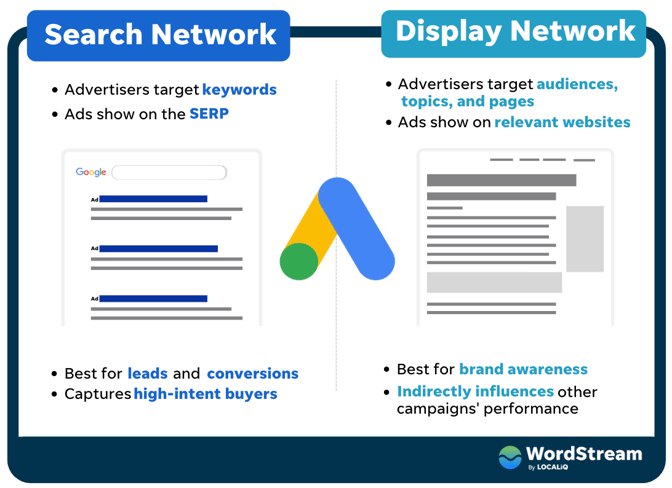
Remarketing and audience targeting
By utilizing remarketing and audience targeting, you can significantly increase the effectiveness of your Google Ads campaigns.
Remarketing allows you to target users who have previously interacted with your website or ads, increasing the chances of conversion. By creating custom audiences based on specific actions they have taken, such as adding items to their cart but not completing a purchase, you can tailor your message to their interests and behaviors. Additionally, audience targeting enables you to reach users based on their demographics, interests, and behaviors, creating highly targeted ad campaigns that are more likely to convert.
Combining both remarketing and audience targeting can result in even more effective ad campaigns, making it a critical strategy for any Google Ads campaign.
Additional Resources to Optimize Your Google Ads
Introducing additional resources to optimize your Google Ads can give you a competitive advantage and help you stay ahead of the game.
- The Google Ads Help Center is an exhaustive guide that provides useful insights on how to optimize your campaigns and keep up with the latest updates.
- The Google Ads Academy offers free online courses and certifications that can help you master Google Ads.
- The Keyword Planner can help you find relevant keywords while estimating their potential performance in your campaigns.
By utilizing these resources, you can improve your ad campaigns and achieve better results.
Monitor Your Quality Score
Maintaining a high Quality Score in your Google Ads campaigns is crucial for success. By evaluating the relevance and quality of your ads and landing pages, Google determines your Quality Score. Monitoring your Quality Score can help you identify areas for improvement in your campaigns, leading to higher ad rankings, lower costs per click, and ultimately, better ROI.
To improve your Quality Score, focus on creating relevant ad copy and landing pages, using targeted keywords, and optimizing your website's user experience. Regularly monitoring and optimizing your Quality Score can help you stay ahead of the competition in the ever-changing world of Google Ads.
Take Advantage of A/B Testing
Optimizing your Google Ads campaigns can be challenging, especially with the constantly changing landscape of digital marketing. A/B testing is an effective tool that can help you overcome this challenge by enabling data-driven optimizations. By comparing the results of two different versions of an ad, you can identify which elements perform better and use this information to make improvements. Some elements to test include headlines, descriptions, images, and calls to action.
Continuously incorporating A/B testing into your campaign strategy can help you stay ahead of the curve and achieve better results.
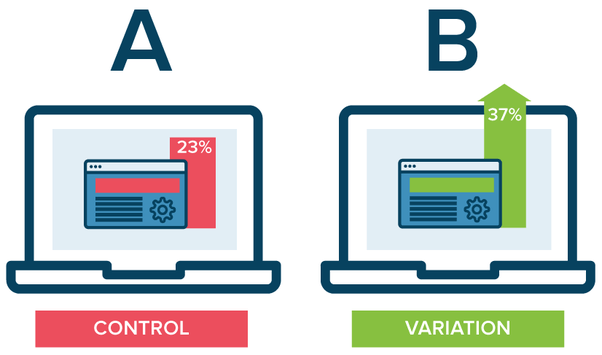
Monitor Your Competitors
Staying ahead of your competition is a crucial aspect of running successful Google Ads campaigns. Monitoring your competitors' strategies can provide valuable insights into the industry landscape and help you adjust your approach accordingly. With tools like Google Ads Auction Insights, you can gain an understanding of your competitors' ad performance and identify areas for improvement in your own campaigns. Analyzing their ad copy, landing pages, and keywords can also give you ideas for ways to differentiate yourself and stand out in the market.
Google Ads Updates
Recent updates to Google Ads can significantly impact your advertising strategy. From the elimination of broad match modifier keywords to the introduction of Smart Bidding, it's important to stay up-to-date with changes and adapt your approach accordingly. Staying informed about the latest features and updates can give you a competitive edge, allowing you to optimize campaigns for better performance.
By keeping track of the latest changes and incorporating best practices for adapting to new updates, you can ensure that your Google Ads are always ahead of the curve.
Latest changes and features
Google Ads is a constantly evolving platform, with updates and new features being introduced regularly. Keeping up-to-date with the latest changes can be challenging, but advertisers need to stay informed to remain competitive. For example, recent updates include lead form extensions, improved audience targeting, and updated bidding strategies.
By staying ahead of these updates and adjusting their strategies accordingly, advertisers can ensure that their campaigns remain effective and continue to generate results. Additionally, features such as responsive search ads and smart campaigns that utilize machine learning can help optimize ad performance and increase ROI.
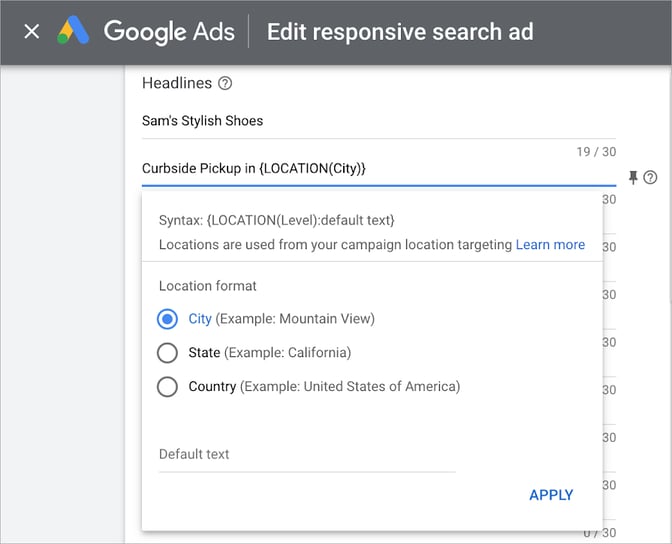
How to stay ahead of updates
Staying ahead of updates is crucial for Google Ads success. Regularly reviewing your account performance and experimenting with new features can help you adapt to updates quickly. Additionally, subscribing to Google's official blog and attending industry events and webinars is a great way to stay informed.
Working with a certified Google Ads expert can also provide additional resources and insights to help you stay ahead of the competition. By staying up-to-date on Google Ads updates, you can ensure that your advertising efforts remain effective and competitive.
Final Thoughts
Google Ads is an essential tool for businesses that are working to increase their online visibility and drive conversions. With Google Ads, you have the ability to reach potential customers at the right time with the right message. It's a cost-effective way to advertise your business on the world's largest search engine.
Whether you're new to Google Ads or are a seasoned pro, it's essential to stay up-to-date with the latest updates and features. To optimize your campaigns and stay ahead of your competition,
book a free consultation with our experts who will guide you through the best practices of Google Ads.

